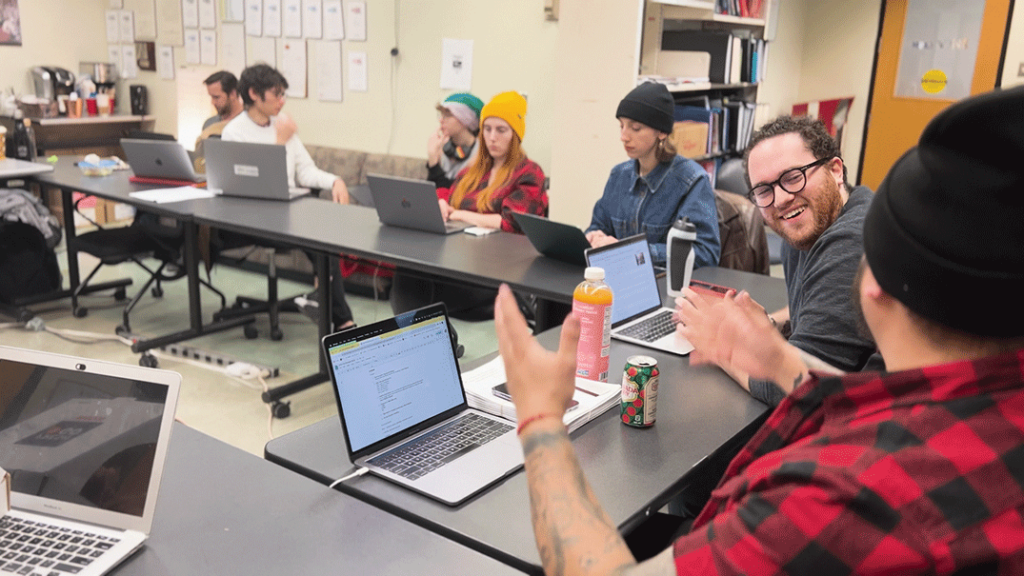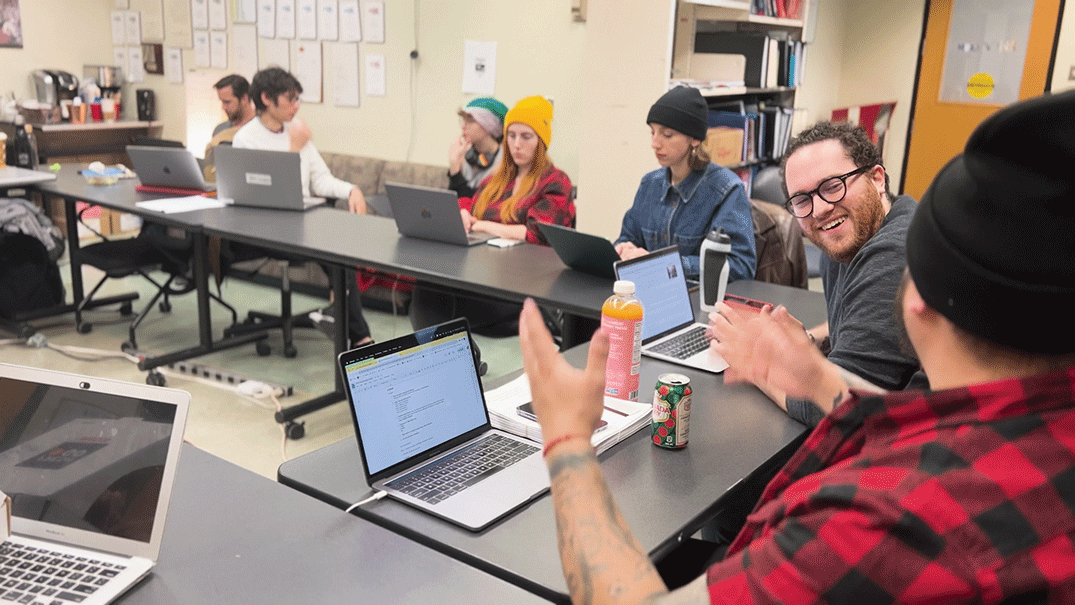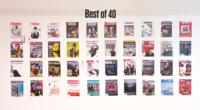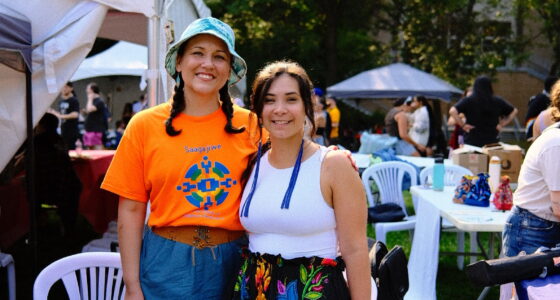It Feels Like Everyone Is a Boulder Bouncing Down a Mountain

When Tim Falconer, the instructor of the Winter 2011 issue of the Review, called to talk to me about my profile on then-Esquire writer Chris Jones, I still remember the last thing he said: “Don’t fuck it up.”
Those who know Tim know he’s a talented writer who gives a first impression as a guy pretending to be Ernest Hemingway, if Ernest Hemingway always got up on the wrong side of the bed. But the longtime magazine instructor also mastered the ability of becoming more lovable while consistently being a curmudgeon, although I’d now say he’s more earnest iconoclast than crank. But he wasn’t irritating the day he called me. Ever grumpy, he passed along the Review’s core responsibility: We are the watchdogs on the watchdogs. (Don’t fuck it up.)
I didn’t understand that when former CBC and CTV news executive Bob Culbert kindly introduced the Review to a directionless young writer in 2006, encouragingly offering it as a reason to go to Toronto Metropolitan University. And I didn’t understand it when I casually flipped through the Spring 2008 issue shortly after I submitted my application for the master of journalism program. I wanted to write like Sports Illustrated feature writer Gary Smith or postwar American sports columnist W.C. Heinz, or maybe I wanted to write about politics—I had no idea what I was doing. But in late spring 2010, I walked inside the magazine lab on the first floor of 80 Gould Street.
You learn something immediately once you make that decision: The Review demands. Masthead meetings. Pitch meetings. Section meetings. Meetings with story handlers. Draft number one. Frustration. Disappointment. More meetings. More writing (again and again). All while time does this funny, delirious thing: continuous loops of seemingly the same day in the same room over increasingly shorter periods of time before production. And that surly dictum has another meaning, too: Yes, students are entrusted with “the watchdogs on the watchdogs,” but the watchdogs we’re reporting on are also keenly watching us, too.
With all the pressure crashing into all the other unseen obligations in every student’s life, this magazine doesn’t feel rewarding—it feels like everyone is a boulder bouncing down a mountain. I don’t want to be Pollyannaish, I want to be honest: The Review sucks, like a long night with a crying toddler, or the shortsighted decision to take up jogging again on a humid day, or any day on the TTC. Here’s a secret: I’ve never fully reread my profile on Jones, “Not All Smurfs and Sunshine.” I’ll always be proud of it, and I don’t need to—I lived it.
I also lived the Review’s unforeseen gift: It’s just us—not just us in the magazine lab, but all the physical and digital spaces we start to congregate. The lovable curmudgeons occasionally peek out from their offices to huff and puff, but all we have is each other. All our dreams and frustrations, all our lived experiences and evolving beliefs mixing together. If we can’t rely on each other, no one else is going to get this thing to production. So we learn about who we are together.
You take notes on how Wendy Gillis speaks to people about hyperlocal journalism in the personable and direct way that becomes the hallmark of her career as one of Canada’s best police and crime reporters. You chat with Meghan Davidson-Ladly and realize she’s less interested in her feature on literary journalism and much more passionate about 2SLGBTQIA+ issues all over the world; and you learn this fearless gay woman will travel anywhere to tell a story. You might’ve thought you were the best choice to be editor, but then you watch Liam Casey lead and communicate with calmness, fairness, and warmth, all while he’s courageously writing about his own suicide attempt and suicide reporting, and you learn something. Then you’ll do whatever you need to do to get the next task done. It’s a lot of work, and it’s just us.
I don’t have many answers about life after the Review. Yes, there’s a sugar rush when industry people start reading your work, but it doesn’t last. This industry is, was, and will always be ruthless and merciless. Newsrooms continue to find novel and sadistic ways to slash and cut, while the need to reveal and report traumas and inequalities only grows, in a world where AI is already revealing a disruptive future not seen since the discovery of electricity. You don’t stop bouncing down the mountain when your masthead ends, the hillside just gets steeper. But you already know that. I did, too.
I lost my job as a newspaper sports reporter one year after it started, and my writing career pretty much ended there. But I learned to adapt because I spent two years around my multitalented peers in the MJ program—CBC Radio’s Julia Chapman, CBC Indigenous reporter and filmmaker Candace Maracle, Toronto Star sports reporter Gilbert Ngabo, Amnesty International’s Cory Ruf, and Global TV’s Liem Vu.
But whatever I’ve experienced in 11 years at TSN—all the places I’ve gone and events I’ve worked—all of that has happened because of the collaborative journalism, creative storytelling, and full perspective the Review gifted me—and not just me.




